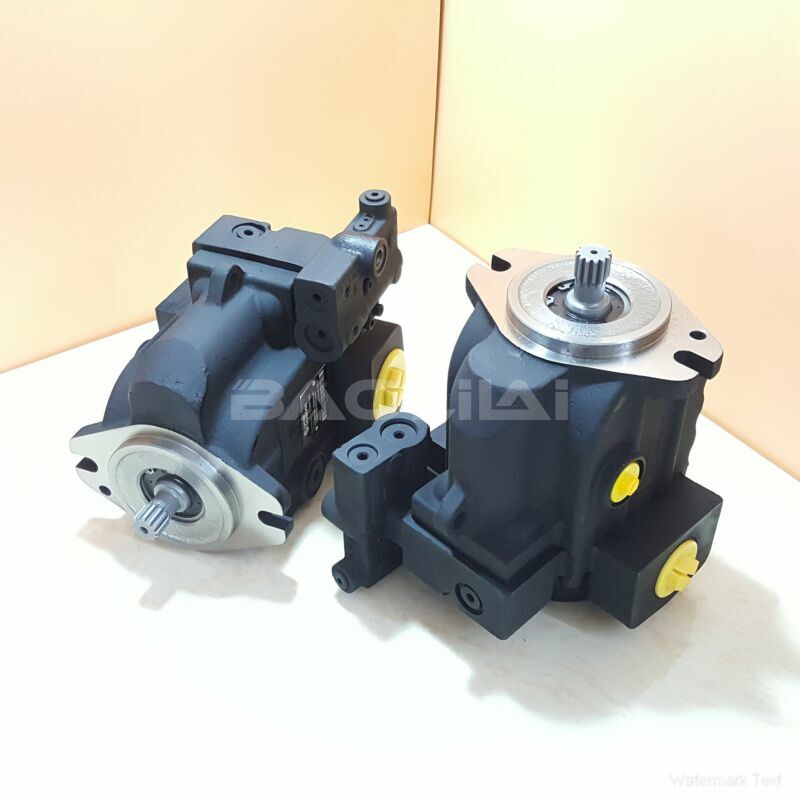LRR030DPC10NNNNN3C2BGA6NPLBNNNNNN hydraulic pump
LRR030DPC10NNNNN3C2BGA6NPLBNNNNNN hydraulic pump

- Product Details
- Applicable Scene
Piston pumps are a vital component in many industrial applications, especially when precise fluid control and efficiency are required. Understanding how to effectively use these pumps can result in improved performance, lower operational costs, and enhanced fluid management. Here’s a guide on how to use piston pumps for optimizing fluid control and efficiency.
LR-R-030D-PC-10-NN-NN-N-3-C2BG-A6N-PLB-NNN-NNN
LRR030DPC10NNNNN3C2BGA6NPLBNNNNNN
Understanding Piston Pumps

7005058
Piston pumps operate based on the reciprocating motion of a piston within a cylinder. This motion generates pressure that allows for the movement of fluids through a system. They are known for their ability to handle high pressures and viscous fluids, making them suitable for various applications, including hydraulic systems, oil and gas processing, and chemical manufacturing.
Optimizing Fluid Control
To optimize fluid control with piston pumps, consider the following strategies:
Select the Right Size and Type: Choosing the appropriate size and model of piston pump is crucial. Pumps come in various sizes based on their displacement capacity, and selecting one that matches your fluid volume and pressure requirements can help maintain efficiency and reduce wear and tear.
Adjust Stroke Length and Frequency: The stroke length and frequency directly influence the flow rate and pressure. By adjusting these parameters, operators can fine-tune the fluid delivery to meet specific process needs. Using variable speed drives can be beneficial to achieve the desired control.
Implementing Control Systems: Advanced control systems, such as PLCs (Programmable Logic Controllers) or SCADA (Supervisory Control and Data Acquisition), can help monitor and adjust pump operations in real-time. These systems can optimize flow rates, detect leaks, and enhance overall efficiency by ensuring that the pump operates within its optimal parameters.
Prevent Backflow: Incorporate check valves within your system to prevent backflow, which can lead to inefficiencies and potential damage to the pump. Properly designed piping and fittings can help maintain the integrity of the fluid flow.





